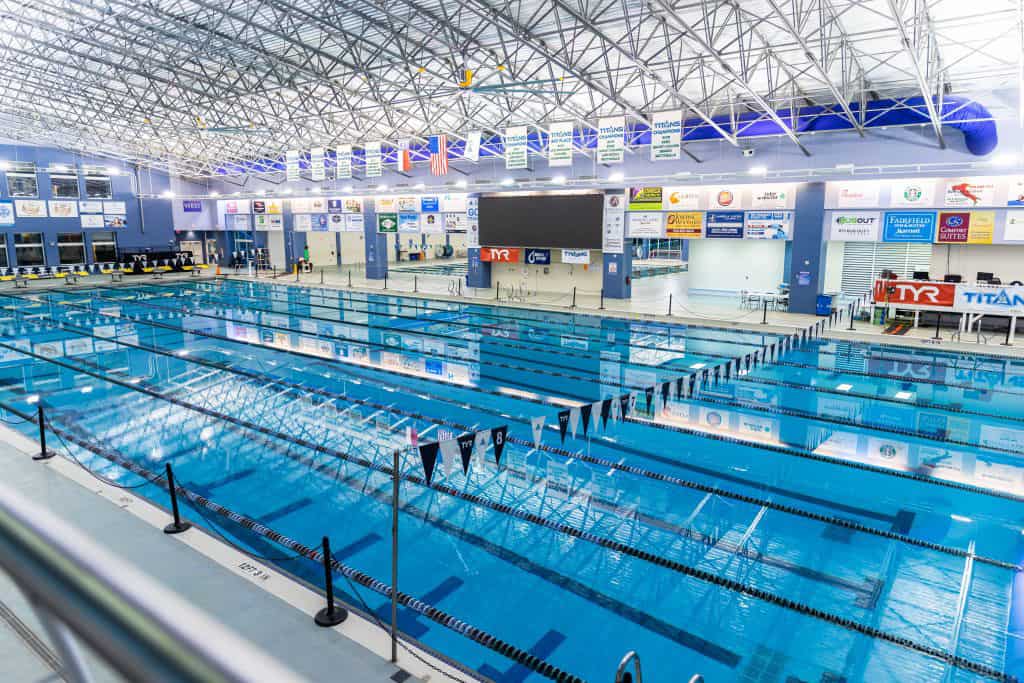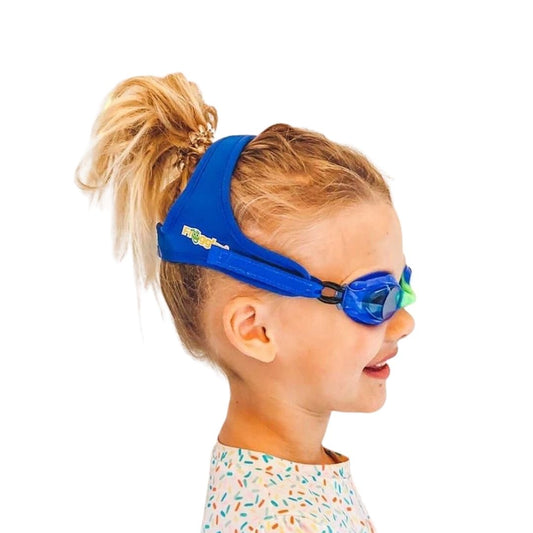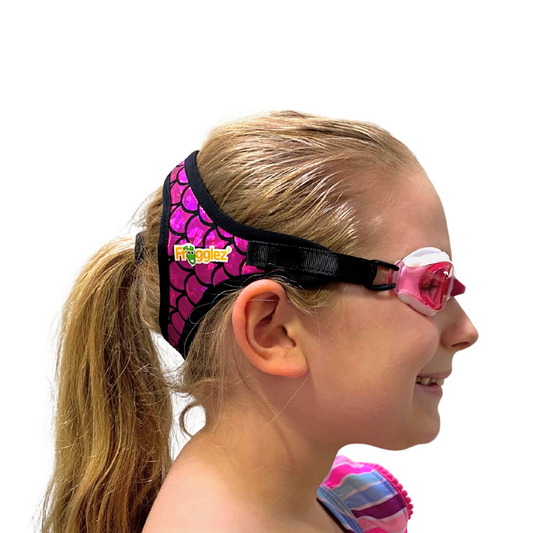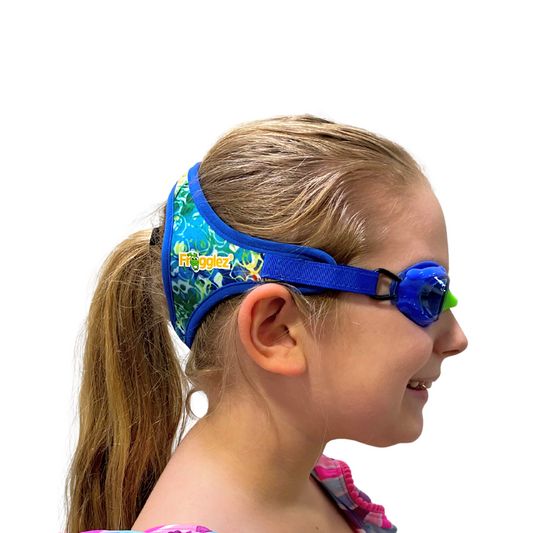Did you panic when teachers told your class that the metric system would replace our familiar system of inches, feet, and yards? It's never come to pass, but the influence of the rogue measurement system sets American swimming apart from the rest of the world. In USA Swimming competitions, swimmers compete in yards during the school year and meters in the summer. Most casual and recreational swim teams only swim yards.
Seasons align roughly with the school year
Year-round swimmers around the world practice and compete in increments of 50-meters during the Long Course season, which occurs during summer months. High school teams, NCAA, and USA Swimming all swim the 25-yard width of the pool during Short Course season, which corresponds roughly with the school year.
International teams also swim a Short Course season during the school year, the only difference being that they swim lengths of 25-meters. The seasons run right into one another, with most swimmers around the world continuing practice without a break year-round.
Short Course Season
Short Course season starts in late August and runs through April. Swimmers compete in a 25-yard or 25-meter pool. Most practice pools are set up for this length because it gives coaches a chance to split practice groups between 20-23 lanes. It’s the standard length for most summer leagues and high school pools. After swimmers complete Short Course championships, USA Swimming shifts to Long Course events, but many teams continue to practice in the shorter lengths, only competing in Long Course at meets.
Long Course Season
The Long Course season begins in May and finishes in July or August. This is the standard pool length for the Olympics and major international competitions, such as the World Championships. Experienced swim coaches can train swimmers properly in either pool, but teams with access to a Long Course pool for daily practice have an advantage in competition.
Are seasonal times in the same event comparable?
It’s hard to accurately convert 25-yard times to 50-meter times, but there are online tools that can estimate it. That’s because swimmers make fewer turns in a Long Course race. For example, swimmers complete three turns in 100-yard Freestyle, but only one turn in the 100-meter Freestyle. Swimmers vary in their ability to handle turns and race strategy, so the conversion estimates are not always accurate.
Is it easier to swim Short or Long Course?
A Short Course event is a series of 25-yard (or meter) lengths, allowing swimmers to break the race into manageable segments. Young swimmers often struggle to compete in Long Course, especially if they can’t practice it regularly. Maintaining tempo for the longer distance can be challenging to inexperienced swimmers, who often start out too fast and lose momentum near the end of the race.
As swimmers gain experience and progress, their best times may be in one season or the other. If a swimmer excels at underwaters and turns, they may perform better in Short Course. If their turns aren’t efficient, they might have better times in Long Course events.
Certain events in the pool call for specific things. For example, there are different swim suits for different pool activities. For more on that, check out our swimsuit blog here.
How do you know when times are recorded in yards vs. meters?
Swimmers and coaches differentiate between pool sizes when they record swimming times by naming the season and the measurement.
- Long course meters, or LCMs, for 50-meter pools
- Short course yards, or SCYs, for 25-yard pools
- Short course meters, or SCMs, for 25-meter pools
As swimmers progress
Once a swimmer achieves a cut in an event, it’s recorded on their swim history. For example, if a child gets a USA Swimming Motivational Time B-cut for their age group, it can be used to enter the equivalent Long Course event. So, even though Regional-level meets like State Champs or Zones define the qualifying times in SCY or LCM, your child may still be eligible to compete. Check the meet information for qualifying standards.
International competitions and records
A swimmer competing internationally will have three different times for a 100 Freestyle event: an LCM, SCY, and SCM time. Only the U.S. maintains records for SCY events, while World Records exist for SCM and LCM races.
Swimmers speak a unique language
There’s a lot of math to juggle when it comes to swimming. Swimmers joke that they excel at math questions in school that require multiples of 25 and 50, and can convert yards to meters on the fly. Swim parents eventually come to understand some of the complex code used in practice sessions, but swimmers definitely speak their own language. Enjoy the short season in the long pool and read up on Olympic swimming so you’re prepared for next summer’s big events.








